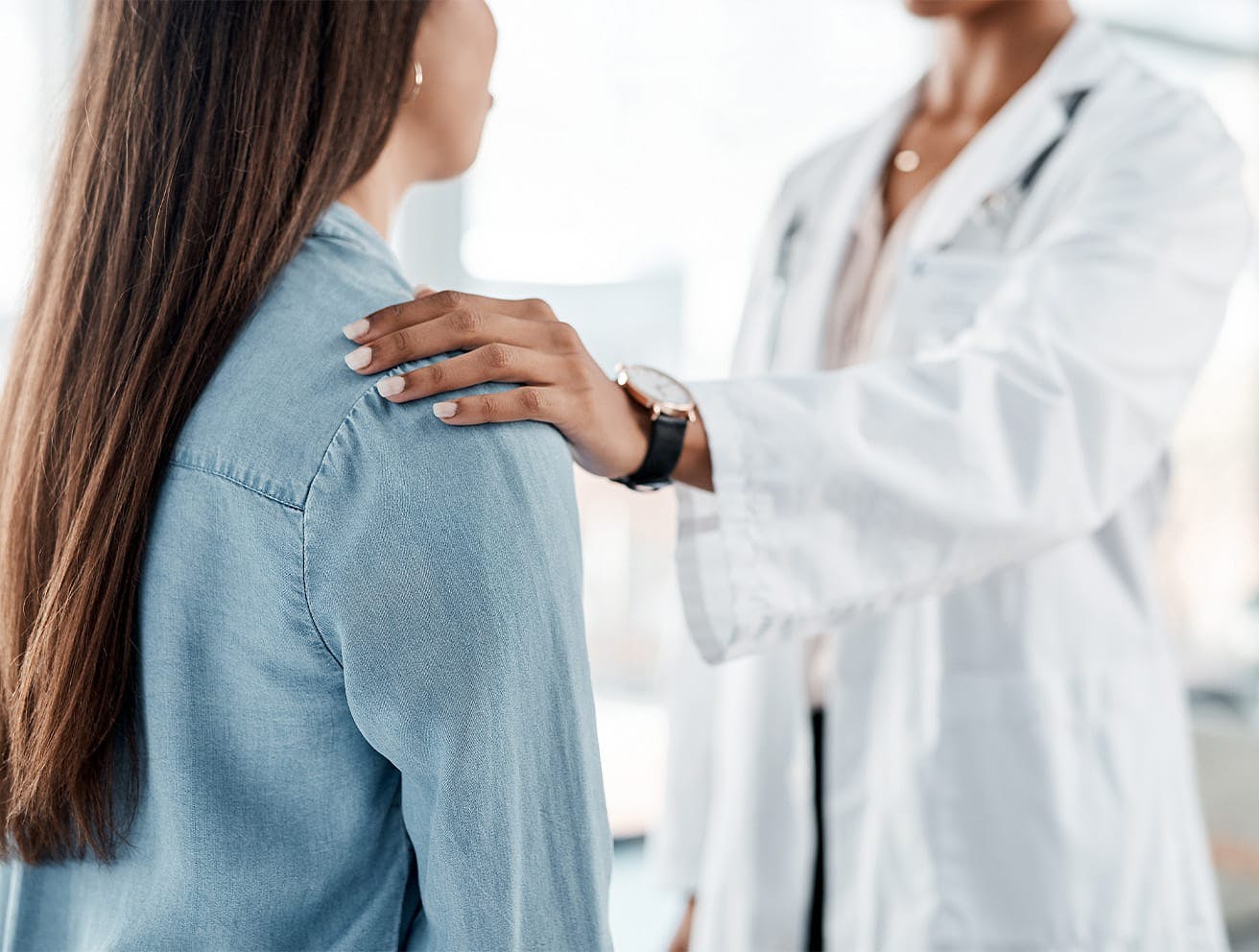Read answers to all your shoulder-related questions for insights into your journey to restored shoulder health.
What are some possible causes of shoulder pain?
Shoulder pain can stem from several conditions, each presenting unique challenges. Common culprits include:
- Dislocation
- Instability
- Separation
- Labral tear
- Rotator cuff tear
- Bursitis
- Arthritis
To pinpoint the cause, doctors conduct a thorough evaluation, gathering information about your symptom, your medical history, and performing a physical examination. Diagnostic tools like X-rays or CT scans may also be employed to evaluate the condition of the bones and soft tissues.
How can shoulder pain be treated?
Treatment strategies vary based on the pain's origin and location. Non-surgical approaches include rest, ice or heat applications, stretching, physical therapy, and anti-inflammatory medications. For severe cases, surgical interventions, often performed using arthroscopy, may be recommended. Surgical procedures have proven successful in repairing shoulder problems and restoring joint function and strength.
What is bursitis?
Bursitis, or tendonitis, is a prevalent cause of shoulder pain, characterized by inflammation within the shoulder joint, leading to impingement. Impingement occurs when tendons, inflamed and pinched by bones during movement, cause pain in the outer shoulder and upper arm, disturbed sleep, and discomfort while lifting the arms.
How is bursitis treated?
Many bursitis cases respond well to anti-inflammatory medications or cortisone injections, reducing pain and inflammation. Severe or unresponsive cases may necessitate surgery as a last resort.
What is a rotator cuff injury?
The rotator cuff, a network of tendons and muscles, facilitates a complete range of motion in the shoulder joint. Injuries or overuse can cause tears or damage, resulting in pain, weakness, and inflammation in the shoulder and arm.
How is a rotator cuff injury treated?
Early consultation with an orthopaedic surgeon is crucial for prompt decision-making and preventing permanent damage. Treatment may involve anti-inflammatory medication, steroid injections, and physical therapy. While non-surgical methods can restore function in some cases, persistent or severe tears may require surgery, performed through arthroscopy or traditional open procedures.
What is a labral tear?
A labral tear is a type of injury to the shoulder joint, specifically to the labrum. The labrum is a ring of cartilage that surrounds the socket of the shoulder joint. This structure adds depth to the socket, helps stabilize the joint, and serves as an attachment site for several ligaments and muscles, including the biceps tendon in the shoulder.
How is a labral tear treated?
Treatment depends on the tear's type and severity. Non-surgical approaches focus on managing pain and physical therapy. Surgery conducted through arthroscopy may be necessary for more severe cases, aiming to restore full joint movement and strength.
Why does a labral tear occur?
Labral tears can occur due to a variety of reasons. They may result from acute trauma, such as a fall on an outstretched arm, a direct blow to the shoulder, or a sudden pull, like when trying to lift a heavy object. They can also develop over time due to repetitive shoulder movements or overuse, often seen in athletes who engage in throwing sports, like baseball or football, or weightlifting. In some cases, labral tears can be part of the normal aging process.
How is shoulder instability treated?
Physical therapy and rehabilitation are often the first line of defense to strengthen the shoulder and promote stability. If conservative methods fail, surgery may be required. Surgical procedures vary based on the cause and may involve tightening the shoulder capsule or repairing damaged ligaments.
What should I do if I have shoulder pain?
Understanding the nuances of shoulder pain, its causes, and effective treatments is crucial for those grappling with shoulder-related issues. Early intervention, accurate diagnosis, and personalized treatment plans can significantly improve outcomes, providing relief, restoring function, and enhancing overall quality of life. Consultation with an orthopaedic specialist is recommended for a thorough evaluation and tailored guidance.



